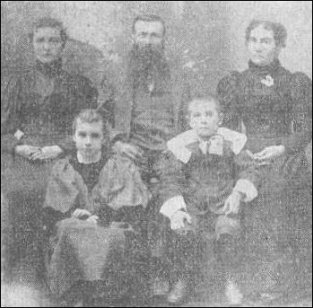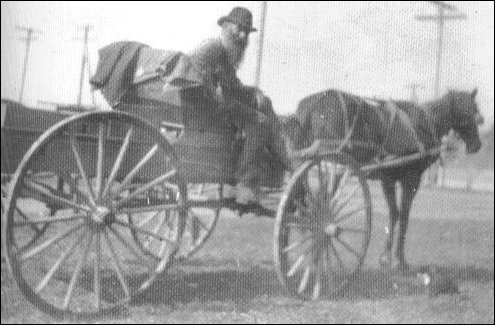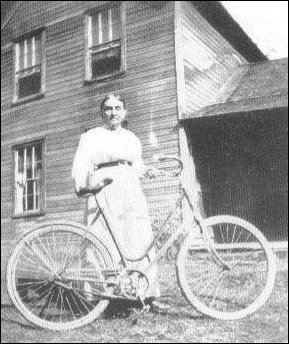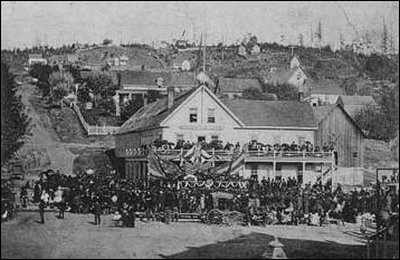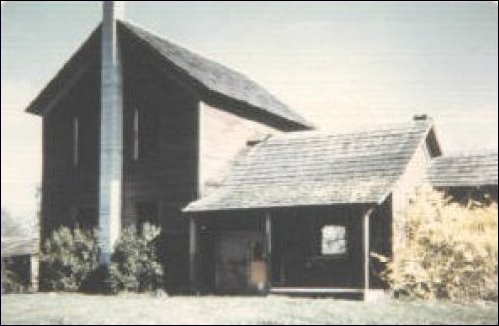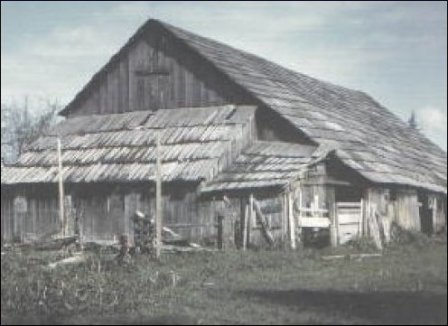|
 See this Journal Timeline website of local, state, national, international events for years of the pioneer period. See this Journal Timeline website of local, state, national, international events for years of the pioneer period.
 Did you enjoy these stories and histories?
The process continues as we compile and collaborate on research about Northwest history. Can you help?
Remember; we welcome correction, criticism and additions to the record. Did you enjoy these stories and histories?
The process continues as we compile and collaborate on research about Northwest history. Can you help?
Remember; we welcome correction, criticism and additions to the record.
 Please report any broken links or files that do not open and we will send you the correct link. With more than
800 features, we depend on your report. Thank you. Please report any broken links or files that do not open and we will send you the correct link. With more than
800 features, we depend on your report. Thank you. |
|
If you would like to make a donation to
contribute to the works of this website or any of the works of Skagit County Historical
Society and Museum. We thank you up front. While in your PayPal account,
consider specifying if you would like your donation restricted to a specific
area of interest: General Funds, Skagit River Journal, Skagit City School,
Facilities, Publication Committee, any upcoming Exhibit. Just add those
instructions in the box provided by PayPal.
|
|
Please sign our guestbook so our readers will know where you found out about us, or share something you know about the Skagit River or your memories or those of your family. Share your reactions or suggestions or comment on our Journal. Thank you for taking time out of your busy day to visit our site.
Currently
looking for a new guestbook!
|

View My Guestbook
Sign My Guestbook
|
Email us at: skagitriverjournal@gmail.com

Mail copies/documents to Street address: Skagit River Journal c/o Skagit County
Historical Society, PO Box 818, 501 S.4th St., La Conner, WA. 98257
|
|


